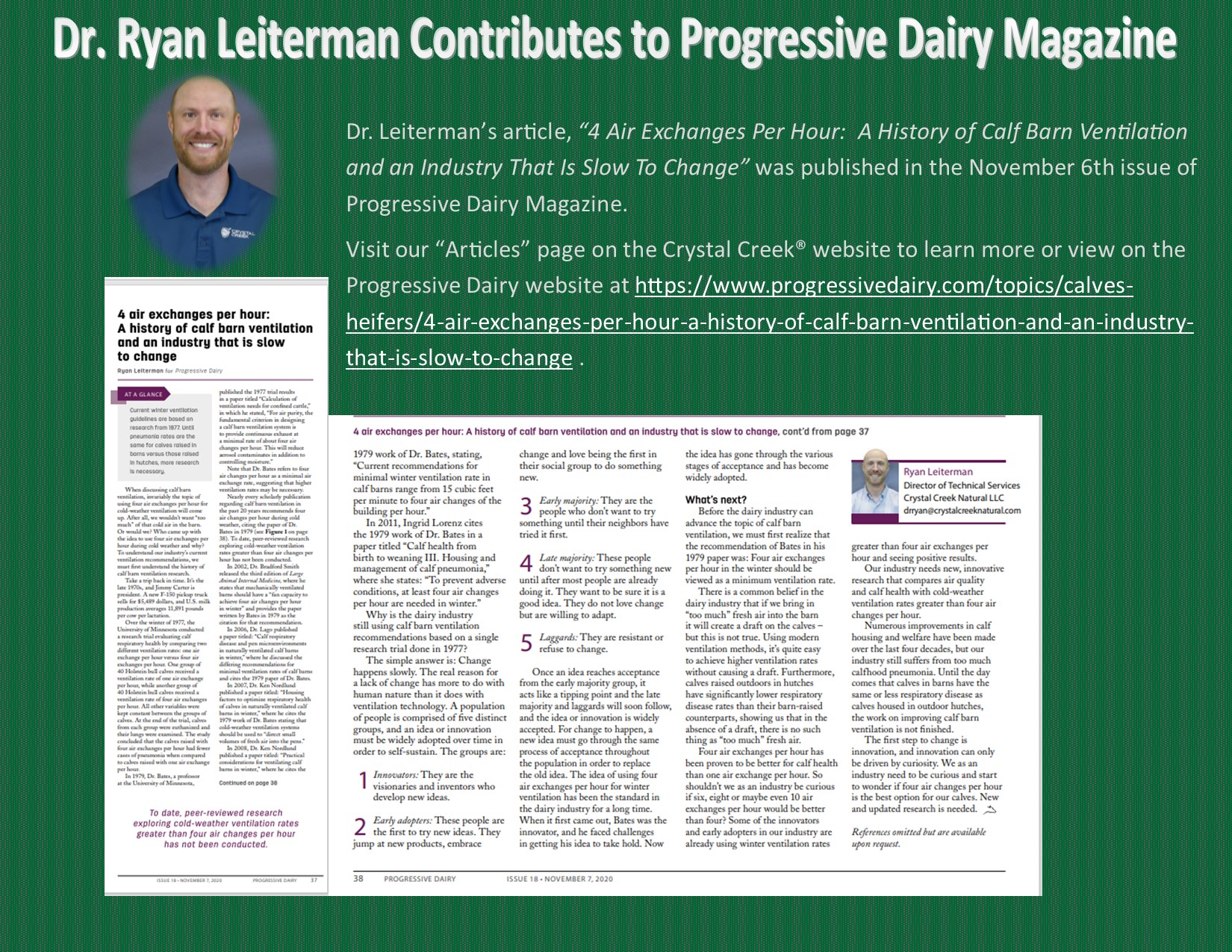Click here to view as a pdf: The Elegance And Wisdom Of Simplicity
 By Dan Leiterman
By Dan Leiterman
Preface: This is the first part of a two-part article addressing my thoughts about common sense strategies for dairy nutrition.
Throughout the ages and in all walks of life, mankind has demonstrated a relentless and instinctive desire to learn, to explore and to discover answers for the many complex mysteries of life and science. The quest for knowledge is essential to our success as a species. However, managing the new knowledge and applying it to our benefit is an ever-increasing challenge. During our journey to learn as much as we can, it is important to remember the role of simplicity as an essential tool to help us manage the overwhelming amount of information we are exposed to every day. No matter how complex the topic, it must adhere to simple, basic and sound principles so information can be applied easily and efficiently with balance. If simplicity is not taken into account, it is too easy to lose perspective on the task at hand, forget the lessons of history, and become lost in a sea of data. Information that is consistent with simple principles will advance a cohesive, wise and efficient strategy that helps us to reach a sustainable goal. Keeping a solid tie to simplicity can provide clarity and help us stay on course in the growing complexity of our world.
Read More →






